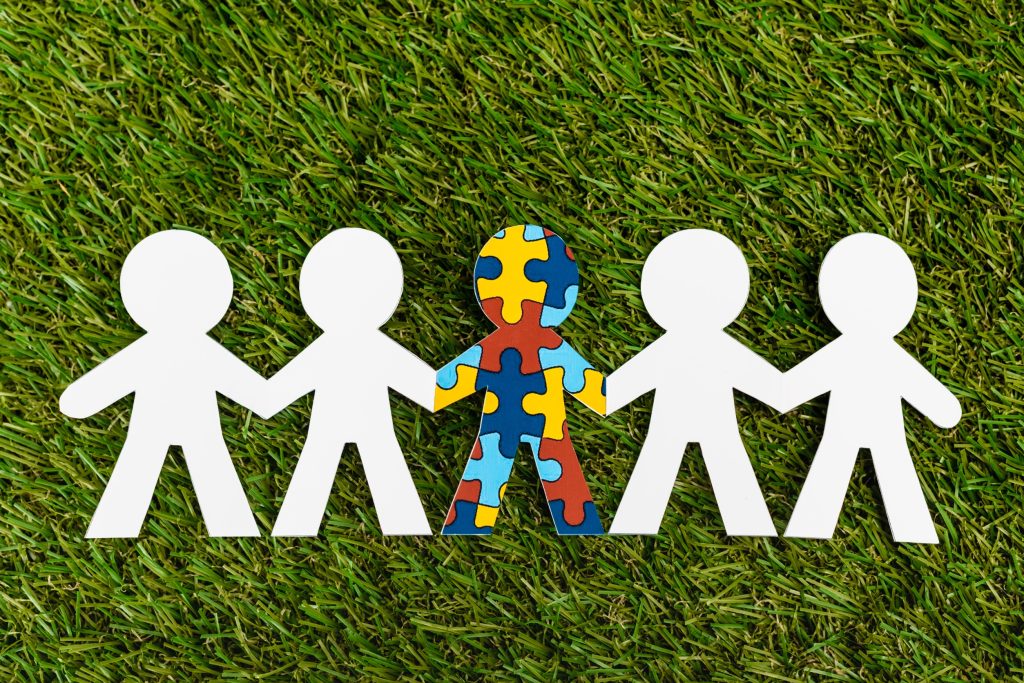Cow’s milk protein is one of the most common reasons for food sensitivity in babies. The second most common is soy. What’s more, many babies with milk sensitivities also have soy sensitivities. If you are a breastfeeding or pumping mom who just learned their baby has an intolerance or sensitivity to milk, you may be wondering if a dairy-free and soy-free diet is feasible.
While a dairy-free and soy-free diet might sound overwhelming, it’s manageable with the right resources and support. Here are the foods you’ll need to avoid — and what foods and drinks you can continue to enjoy.
Dairy-Free and Soy-Free Breastfeeding Diet: Foods and Drinks to Avoid
Milk and soy products are in many foods — some of which are obvious, others are not. Eliminating dairy and soy from your diet can be a little confusing because of the way ingredients are listed on labels.
Start by looking at food label warnings. If a product contains milk or soy, it must be included in the ingredient list or state on the label as “may contain,” “processed in a facility that processes,” or “processed on equipment with.”
When reading the ingredient list, look for these ingredients when determining what to avoid in your dairy-free and/or soy-free diet.
| Dairy-Free: Milk Products to Avoid | Soy-Free: Soy Products to Avoid |
|---|---|
| Milk products, including milk, milk solids, milk proteins, and hydrolyzed proteins | Soy products, including soy protein and soy protein isolate |
| Yogurt | Soy milk |
| Cheese, including cottage cheese | Soy flour |
| Sour cream | Soy yogurt |
| Cream | Soy beans |
| Ghee | Soy nuts |
| Custard | Soy caseinate |
| Pudding | Soy sauce and teriyaki sauce |
| Half and half | Vegetable protein, broth, gum, and starch |
| Nonfat dry milk | Tofu |
| Whey products, including whey protein and whey powder | Miso |
| Casein/Caseinate | Edamame |
| Milk chocolate and most other chocolates | |
| Butter products, including butter solids, butter fat, buttermilk, and most margarine | |
| Lactalbumin | *Soy oil and Soy lecithin are okay |
Dairy-Free and Soy-Free Options for Breastfeeding Moms
Now that you know what you can’t eat, here are some options you can incorporate into your breastfeeding diet.
Drinks
- Water, including seltzer waters
- Milk substitutes, such as rice, coconut, or almond milk
- Fruit and vegetable juice
- Soda
- Tea
- Coffee
- Milk-free hot cocoa
Breakfasts, Lunches, and Dinners
- Eggs
- Fruits and vegetables
- Non-breaded meat (Tyson’s chicken nuggets and Van De Kamp’s fish sticks are okay.)
- Grains and starches, such as potatoes, rice, quinoa, and most pastas (Make sure there are no soy fillers in pastas.)
- Beans, including hummus
- Natural peanut butter and sun butter
- Chia seeds
Snacks
- Salsa and guacamole
- Pretzels, popcorn, plain potato chips, corn chips
- Most cereals
- Gummies and hard candies
- Most sorbets
- Specific brands of snacks, such as LaraBar snack bars, Oreo cookies, HyVee wheat crackers, Nabisco’s triscuits and Wheat Thins, Eat Smart veggie chips, and Keebler and HyVee animal crackers
Condiments
- Ketchup
- Mustard
- Miracle Whip
- Buttery spreads (a plant-based product that tastes like butter)
- Hershey’s chocolate syrup
Baking ingredients
- Butter flavored Crisco
- Guittard semi-sweet chocolate chips and Enjoy Life chocolate chips
- HyVee white cake mix
Certain brands, such as Enjoy Life and Kinnikinnick, also make products for dairy- and soy-free diets. Kosher products that are labeled Parve or Pareve are certified dairy-free. This is indicated by a circled letter “U” (with no other symbols or letters) on the label.
When eating out, be sure to remind your server about your dietary restrictions. Keep in mind — many restaurant websites have an allergen list on their website that you can use as a resource.
Support for Soy and Dairy-Free Nursing Moms
Navigating a dairy- and soy-free diet can feel like a lot, but you don’t have to figure it out all on your own. Talk to your child’s pediatrician if you have any questions about your breastfeeding baby’s food sensitivities.



